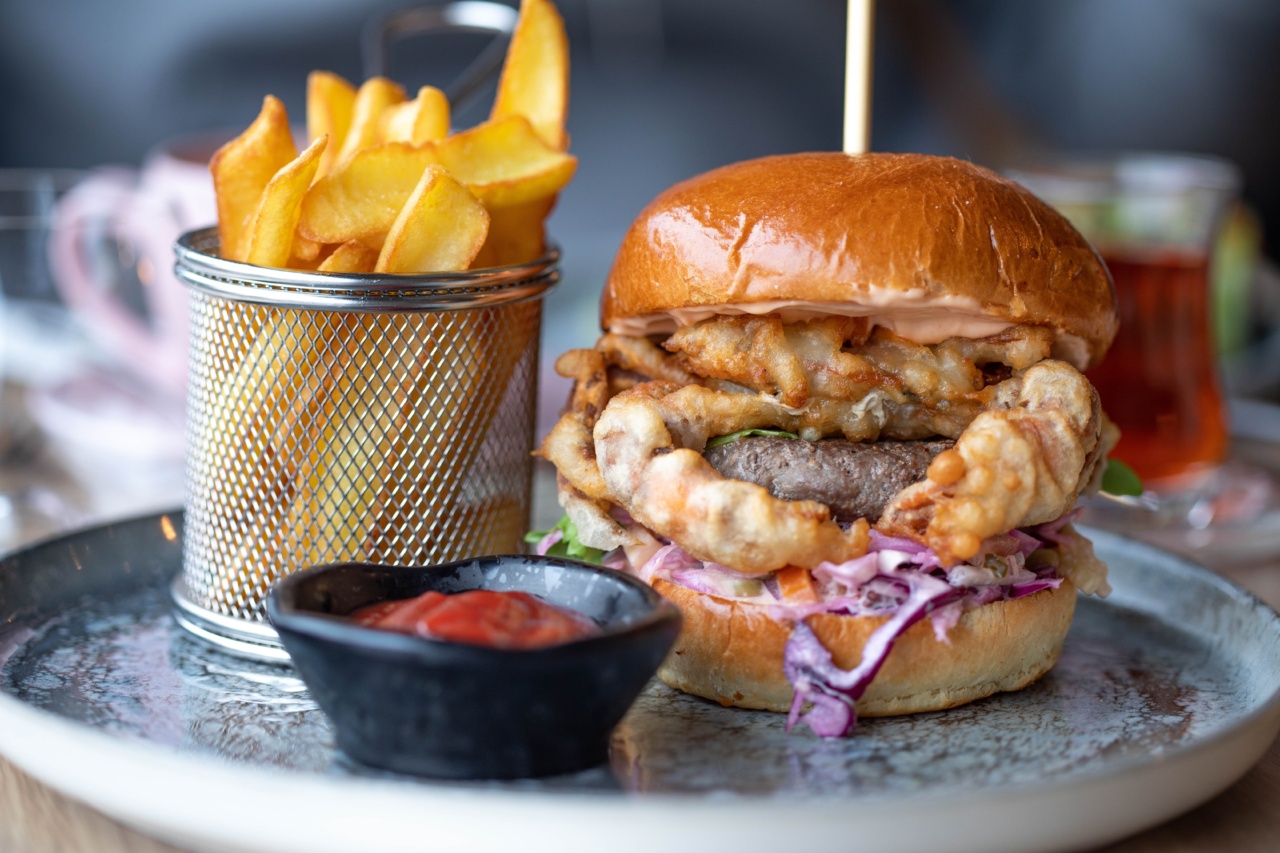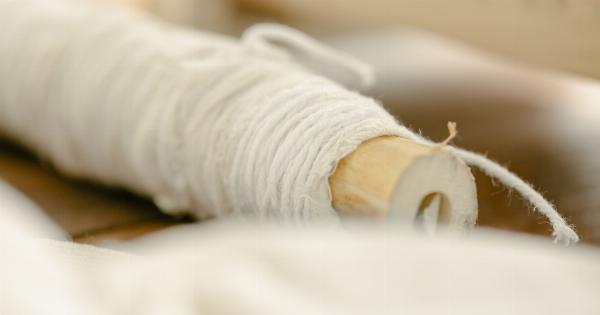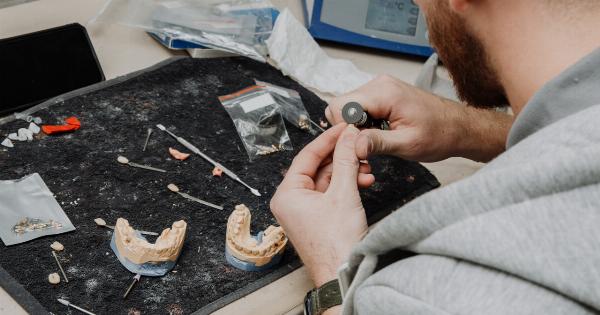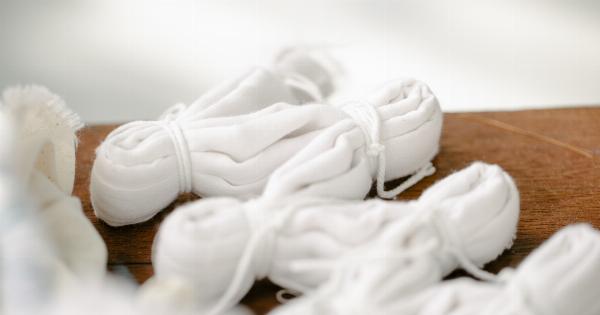Plastic surgery has always been at the forefront of medical innovation, constantly pushing boundaries to provide patients with the best possible results.
One area that has seen a significant advancement in recent years is the use of fat grafting in plastic surgery procedures. Fat transfer, also known as fat grafting or fat injection, involves harvesting fat from one area of the body and injecting it into another area to restore volume, enhance contours, and rejuvenate the skin.
This innovative technique has revolutionized the field of plastic surgery, offering new possibilities and outcomes for patients.
The science behind fat grafting
Fat grafting is based on the concept of autologous tissue transfer, which means using one’s own tissue to enhance or repair another area of the body.
Fat tissue, or adipose tissue, is a rich source of stem cells and growth factors, making it an ideal material for grafting. The procedure involves several steps:.
1. Harvesting the fat
The first step in fat grafting is harvesting the fat from a donor site in the patient’s body. Common donor sites include the abdomen, thighs, buttocks, and love handles.
The fat is usually collected using liposuction, a minimally invasive technique that involves making small incisions and suctioning out the excess fat.
2. Purifying the fat
Once harvested, the fat undergoes a purification process to remove any impurities, blood, or oil. This step is crucial to ensure the viability and survival of the transplanted fat cells.
3. Injecting the fat
After purification, the fat is carefully injected into the desired area using tiny cannulas or needles. The surgeon strategically places the fat cells to achieve the desired volume and shape.
The injected fat integrates with the surrounding tissues and establishes a blood supply, resulting in long-lasting and natural-looking results.
Advantages of fat grafting
Fat grafting offers numerous advantages over traditional implants or synthetic fillers. Some of the key benefits include:.
Natural and long-lasting results
As fat is a natural component of the body, the transplanted fat cells have the potential to survive and thrive in the new location. This leads to more natural and long-lasting results compared to implants or fillers, which can degrade over time.
Minimally invasive procedure
Harvesting fat through liposuction and injecting it into the desired area is a minimally invasive procedure. It involves smaller incisions, less scarring, and a quicker recovery compared to more invasive surgeries.
Dual benefits of body contouring
One of the unique advantages of fat grafting is the dual benefit it offers. The procedure not only enhances the desired area but also contours the donor site, leading to an overall improved body shape and proportion.
Reduced risk of allergic reactions or complications
Since fat grafting uses the patient’s own tissue, there is a significantly reduced risk of allergic reactions or complications associated with foreign materials.
Applications of fat grafting in plastic surgery
Fat grafting has opened up new frontiers in various plastic surgery procedures. Some of the most common applications include:.
Facial rejuvenation
Fat grafting is widely used in facial rejuvenation procedures such as facelifts, brow lifts, and eyelid surgery. It restores lost volume in the cheeks, temples, and under-eye areas, giving a more youthful and refreshed appearance.
Additionally, fat grafting can help improve the texture and quality of the skin due to the presence of stem cells and growth factors in the transplanted fat.
Breast augmentation and reconstruction
Fat grafting has emerged as an innovative technique for breast augmentation and reconstruction. It allows for a more natural-looking and feeling result compared to traditional implants.
Fat grafting can also be used to improve the appearance of breast asymmetry or correct deformities resulting from previous surgeries or traumatic injuries.
Buttock augmentation
One of the most popular applications of fat grafting is in buttock augmentation, commonly known as the Brazilian Butt Lift. Fat transfer allows surgeons to enhance the shape and size of the buttocks while simultaneously contouring the waist and hips.
This procedure has gained considerable fame in recent years, thanks to its ability to deliver dramatic and natural-looking results.
Hand rejuvenation
Fat grafting can also be used for hand rejuvenation, a procedure that addresses age-related volume loss in the hands.
By injecting fat into the back of the hands, plastic surgeons can restore a plump and youthful appearance, minimizing the visibility of tendons and veins.




























